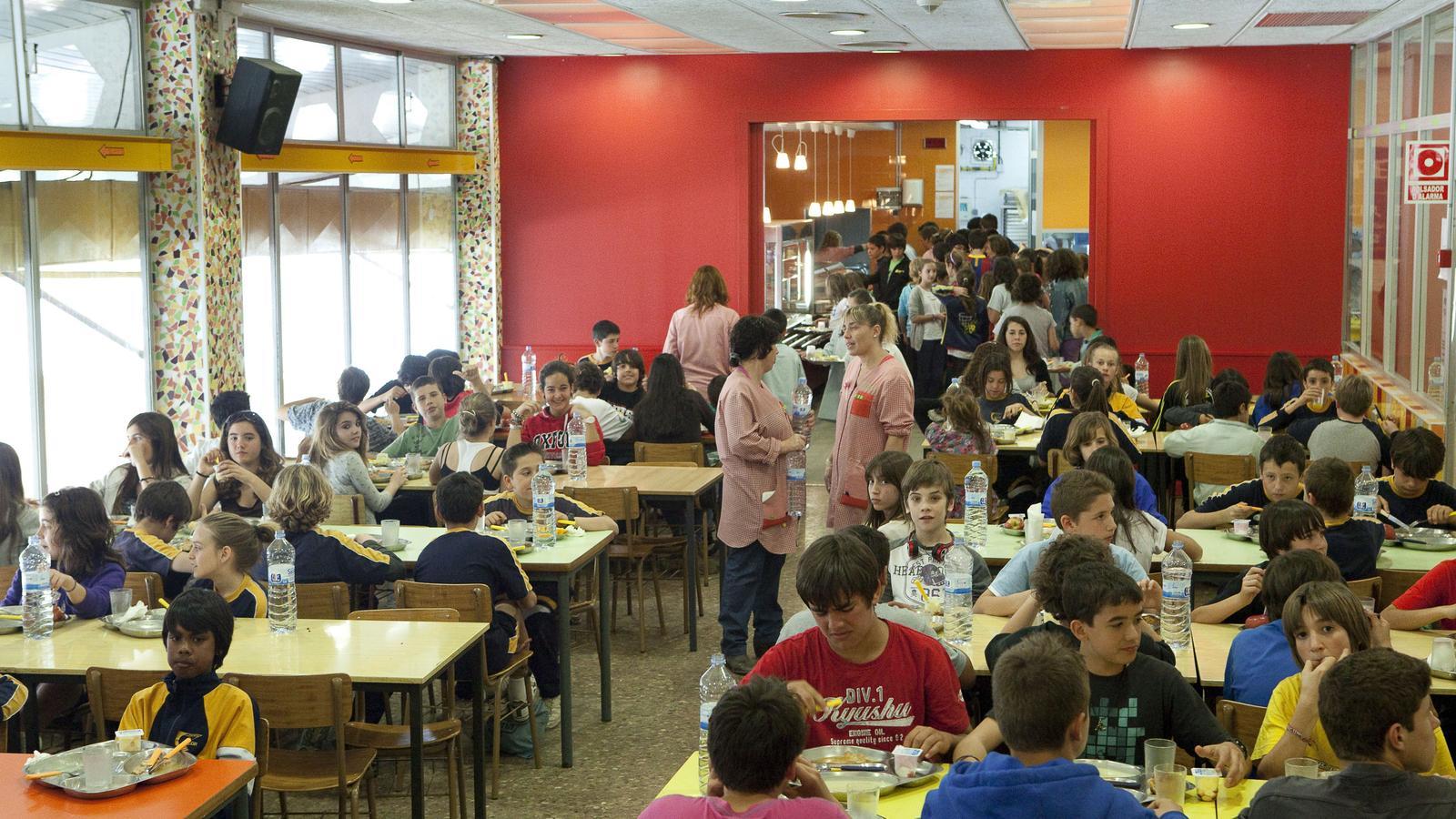

On the day everything went dark, schools remained open until the last family picked up their children. Some families had arranged to take their children and their friends. Others, worried, showed up early or offered to help. Faced with alarming accounts of what was happening, the need to reassure everyone. The cafeteria served lunch, although some ate cold food. Dishes were washed if there was water or paper plates were used. Extracurricular activities, in many schools, continued as usual, perhaps in the playground to take advantage of the daylight. Given the traffic chaos, school staff decided to personally escort some children home. At the end of the day, some teachers were taken in or escorted home by their colleagues.
While the country was experiencing an unprecedented scene of crowded streets, jammed stations, lines to buy transistor radios and flashlights, and a general atmosphere of confusion, in the schoolyards, children were playing ball and hopscotch as usual. And we heard the slogan "safe schools" once again.
In her appearance, Councilor Parlon sent a message of calm: "In schools, children will be able to remain in their classrooms until parents, grandparents, or other caregivers can pick them up. So, stay calm, as we must avoid all unnecessary mobility." As she said this, thousands of people were colliding with obstacles while doing just that: picking up their children. And just as everyone was wondering what would happen the next day—and some had already gone to sleep—the department announced that school activities were expected, following the forecast for the restoration of power. What could not have been foreseen was the inactivity of the trains and the additional problems it would cause.
Each place responded differently: in Catalonia, classes continued; in Madrid and Valencia, schools opened, but without classes; in Cantabria and Castilla-La Mancha, they remained closed. The different responses are worthy of study. But beyond government decisions, what I want to emphasize is that the real management of the crisis fell to each school. Once again, the key role of principals in leading and managing an educational center was revealed, and more so than ever in crisis situations. Therefore, the day after the blackout, the statement from the Regional Minister of Education and Vocational Training, Esther Niubó, was more than appropriate, thanking school professionals for their commitment and dedication to public service, which ensured the schools could operate and families could be served despite the difficulties. She thanked them for always being there for them.
These days, inevitably, many have recalled other emergency situations such as the pandemic or, more recently, the DANA (Emergency Crisis) in the Valencian Community, which forced the closure of more than 400 schools for weeks. Even now, infrastructure and spaces are being recovered. Rebuilding from an emergency is not only logistical but also emotional. Six months later, the uncertainty, loss, and stress continue to impact children, families, and teachers.
Let's remember: in any emergency, education is a right that must not be violated. That's why schools in Catalonia have contingency plans, framed within the Procicat (Spanish Procurement and Protection of Schools), which provide for the reorganization of spaces, communication with families, remote learning, and coordination with authorities. In education, after COVID, the importance of being prepared for online classes was heightened. We have now seen how vulnerable we are when there is disconnection and digitalization is useless. Therefore, no plan can replace the active leadership of school administrations.
In its latest report on the state of the world's education (GEM Report 2024), UNESCO recommends that policymakers and international organizations not overlook the importance of school leaders. Investing in their training, selection, and support is key to ensuring safe, high-quality learning environments. Principals are central to managing complex situations, making decisions, and improving educational quality, especially in crisis situations, where their leadership is critical to maintaining educational continuity and the well-being of the school community. As the report states, effective principals ensure that their schools are safe, healthy, and inclusive.
